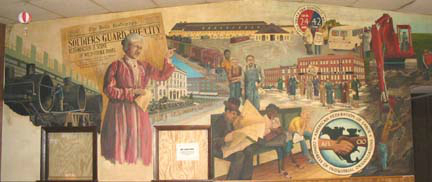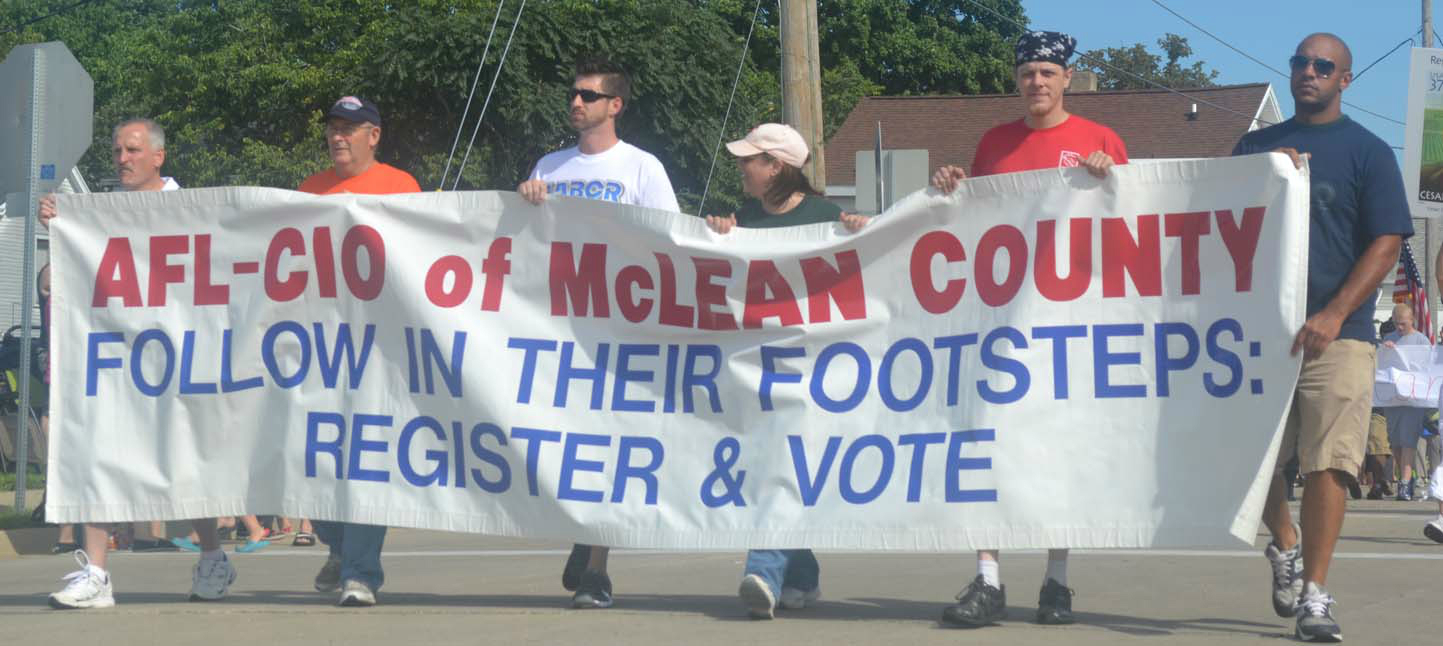|
When are those opportune moments when workers project power, causing national repercussions and frightening political and corporate structures?
Analyzing those moments, finding the critical mass of not only anger, but opportunity, is the focus of Robert Ovetz’s When Workers Shot Back.
Ovetz analyzes four significant American labor history events: the 1877 “Great Uprising” railroad strike, the 1894 Pullman boycott and strike, the often dramatic and traumatic conflicts in the pre-World War I years and during the War, including the 1919 Seattle General Strike, and the 1921 West Virginia “redneck” mine wars.
For each of these, Ovetz offers an overview of union organizing at the time, economic,political and social conditions. This book is more than a detailed chronicle of significant events. Rather, the events are a framework for a critical analysis. What were the working class conditions that allowed these large scale events to explode? And finally, how did the economic, political and legal systems react to these outbursts, clamping down to prevent future occurrences?
In response to each worker action, social controls escalated. Bankruptcy laws were used in 1877 to justify sending federal troops into urban centers. The passage of the U.S. Mail became the pretext for court injunctions and military intervention during the Pullman strike. Injunctions as legal strike-breaking tools evolved quickly after Pullman, frequently used during the early 20th century, mobilizing local law enforcement to protect property rights and defeat strikes. And in West Virginia in 1921, as in many of these other cases, worker mobilization was considered a civil uprising, a pretext to use militias, federal troops and armed company guards to break strikes.
Blood was spilled and lives lost in these actions, which were triggered by job disputes, but quickly escalated into a volcanic response from poor and working people.
Ovetz draws on multiple sources for his analysis, from Karl Marx to recent sociologists like Frances Fox Piven and Richard Cloward. The ripe opportunities for mass mobilization were not always apparent, but once the opportunity came, workers responded in bold and unprecedented ways, shaking political and economic structures, which came down with an iron fist. Ovetz also analyzes how union organizations responded – sometimes supporting and mobilizing their membership, in other cases, braking workers’ actions to maintain organizational stability and continuation.
Many of these struggles are rarely analyzed, others have entered in labor’s lore of lost opportunities of valiant but defeated struggles. Just as Capital responded with more controls, workers also devised new responses to ever changing economic systems. Costly lessons were learned by those sides in the maneuvering game of worker rights and political and business control.
One shortcoming, perhaps minor, but a better proof-reading would have aided the book’s translation. There are recurring instances of the possessive missing, some incomplete words and an unsubstantiated event used. For instance, on page 108, a reference is made to the “Social Party of the early twentieth century.” A “Social Party” certainly sounds like an enjoyable outing, but the proper reference here would probably be “Socialist Party.”
For those who grapple with understanding those moments when the working class erupts in unexpected ways and strength, this is a valuable analytical work. Often these historic events are romanticized as tragic but great moments of working class power – understanding their larger implications is the contribution of When Workers Shot Back.
When Workers Shot Back: Class Conflict from 1877 to 1921
By Robert Ovetz, Haymarket Books, 2019
First published in 2018 by Brill Academic Publishers, The Netherlands
ISBN 976-1-64259-059-3
Review by Mike Matejka
|



